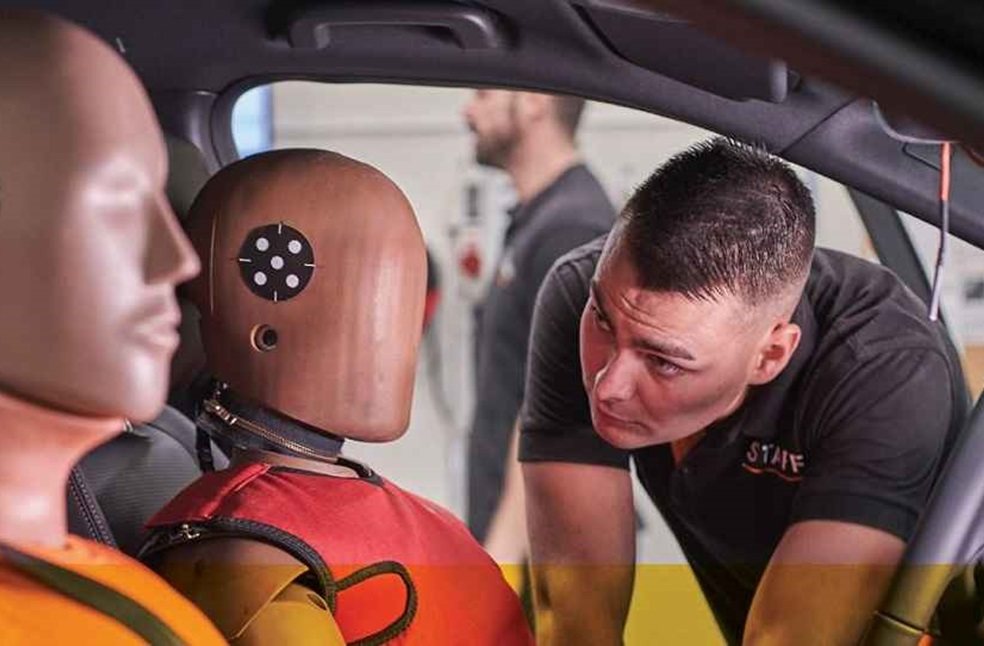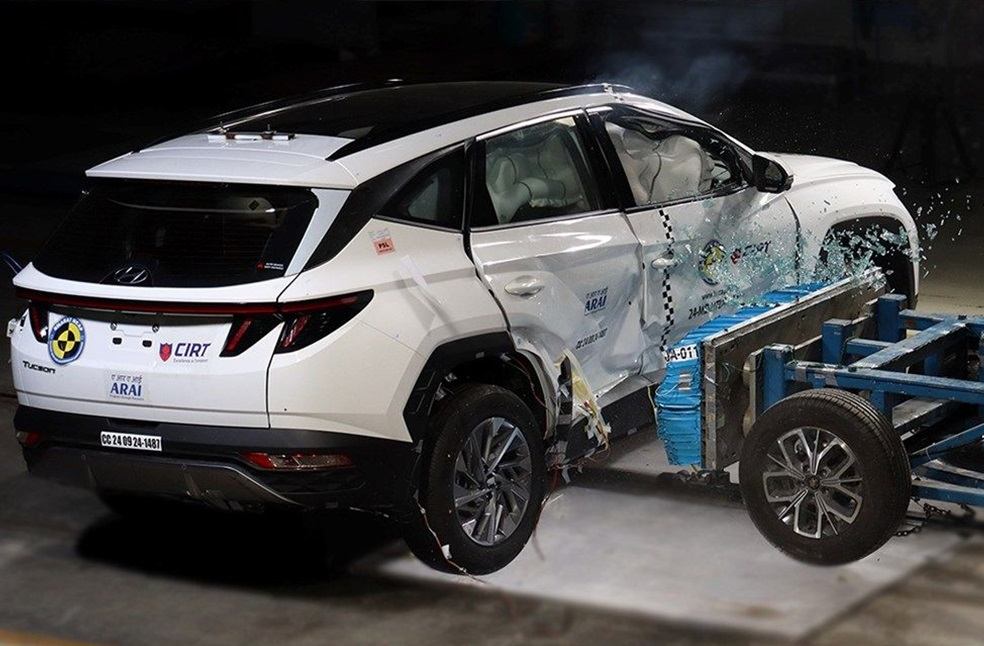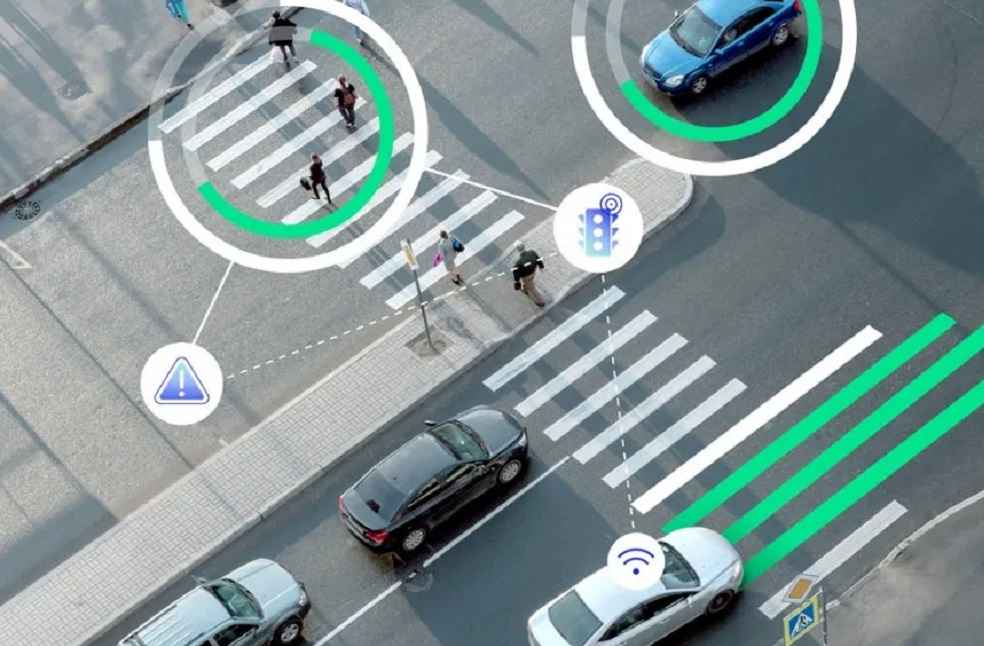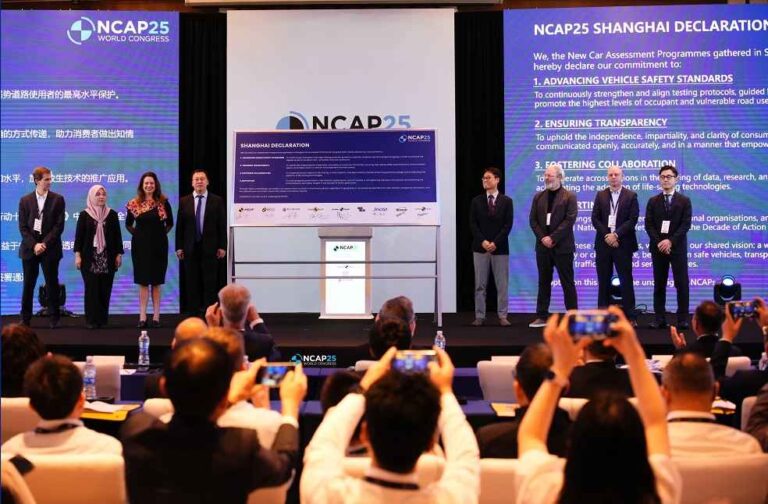Experts at the 2025 NCAP World Congress have called for stronger international collaboration to enhance vehicle safety standards amid the accelerating electrification and intelligent transformation of the global auto industry.
The congress, held in Shanghai last week, brought together representatives from 11 regional New Car Assessment Program (NCAP) organizations spanning Europe, the Americas, Asia, and Oceania.
Over the past five decades, NCAP has shaped consumer awareness and encouraged automakers to adopt advanced safety technologies as standard features.
Iain Cameron, chairman of Global NCAP, stressed that as technology evolves “faster than ever,” closer cooperation among global partners is vital to ensure safety innovations benefit all road users.

He emphasized that collective efforts are key to achieving the United Nations’ target of halving global road deaths and serious injuries by 2030.
An Tiecheng, chairman of the China Automotive Technology and Research Center (CATARC), highlighted emerging challenges such as battery safety, autonomous driving ethics, and data security.
He noted that building a globally integrated safety community is now essential to address these issues effectively.
While mandatory regulations define each country’s minimum safety requirements, NCAP programs serve as a driving force for continuous innovation and higher safety standards.
Michiel van Ratingen, secretary-general of Euro NCAP, underscored the need to ensure the reliability of advanced driver assistance systems (ADAS) in complex real-world conditions, citing incidents of driver overreliance in both European and Chinese markets.

Euro NCAP’s 2026 rating update will include variables such as weather, lighting, and road conditions to encourage automakers to refine system performance beyond ideal test environments.
To promote efficiency, NCAP groups have begun standardizing testing procedures. For example, China NCAP and Euro NCAP have collaborated on mobile progressive deformable barrier indicators to reduce duplicated investments.
Mutual recognition models, such as the China-EU carbon footprint evaluation, are helping automakers lower compliance costs through data sharing.
China NCAP continues to play a leading role in safety innovation. Li Xiangrong, director of CATARC’s Car Assessment and Testing Center, said the organization has contributed to developing over ten national vehicle safety standards and adapted testing to local road conditions.
Its research database, the China In-Depth Accident Study, supports these efforts.

Reflecting China’s unique traffic environment, where pedestrians and electric bicycles are prevalent, China NCAP has expanded the pedestrian head impact testing area and adopted advanced simulation tools to better replicate real-world collisions.
These advancements have since been referenced by other NCAP programs, including those in Australia and Latin America.
Since conducting its first crash test in 2006, China NCAP has completed approximately 2,000 crash tests across 580 models from 120 automakers.
Through six major updates, it has evolved into a world-class vehicle safety evaluation system and a key contributor to global automotive safety development.
NEW LAUNCH | Omoda 4 Replaces Omoda 3 as Chery’s New Global SUV





